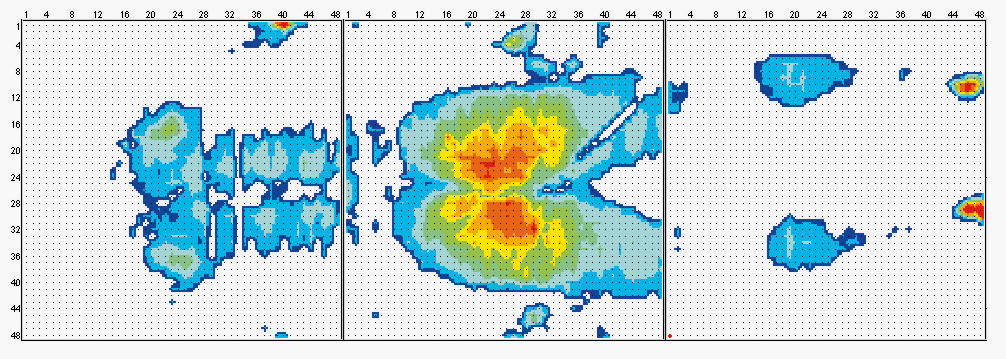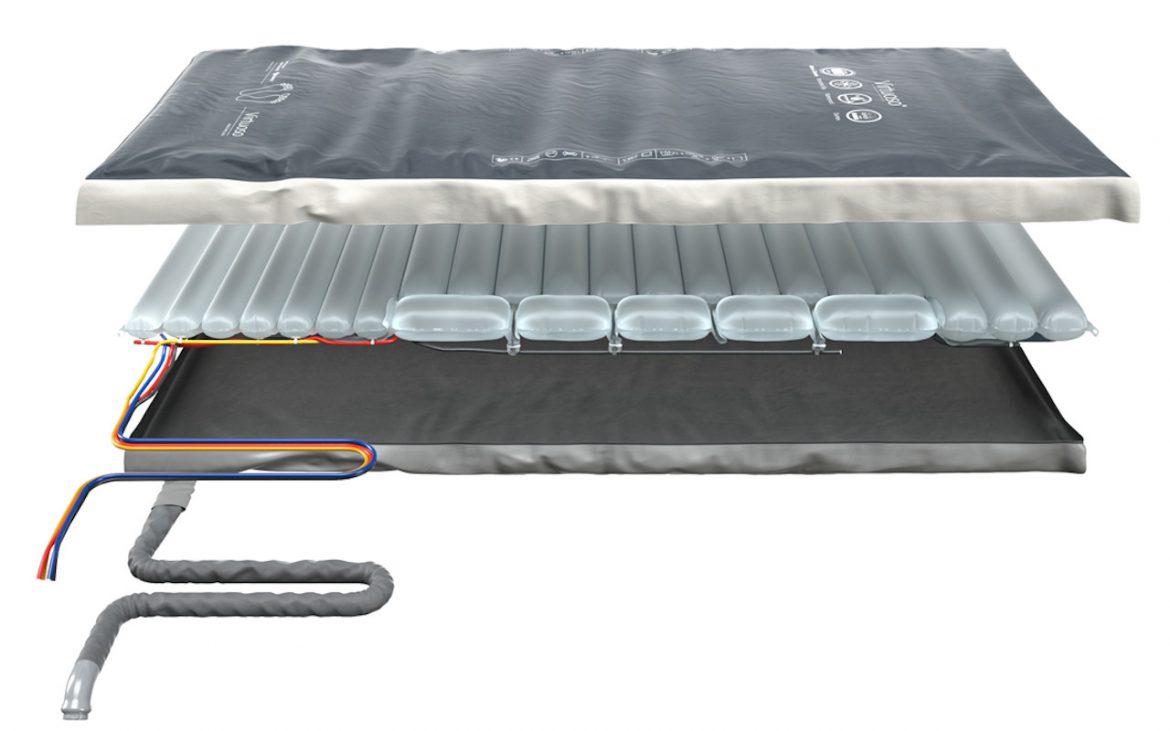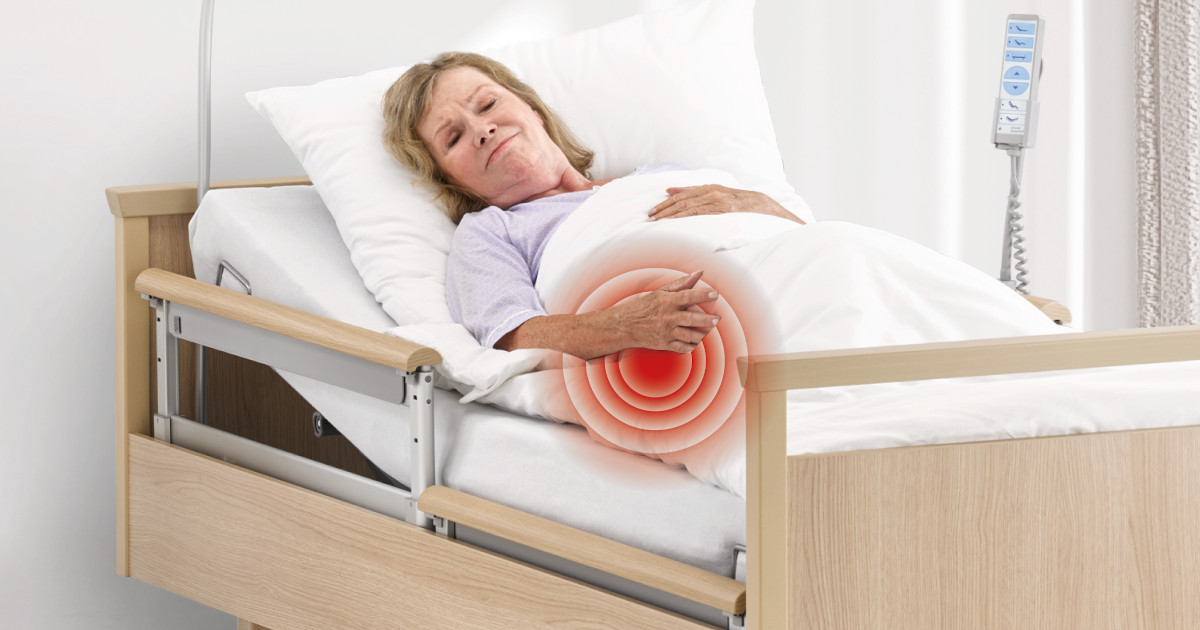Pressure ulcers – a clinical picture that mainly affects immobile people. Bedridden people in particular are at risk of developing painful pressure sores. Mirija Ratkovic explains the role that regular repositioning and movement play in prophylaxis and how else the disease can be prevented. She is a trained pain and wound manager and works at Seniorenwohnen Buchenau in Fürstenfeldbruck, Germany.
„The intensity of the disease depends on a senior’s constitution, skin condition and fatty tissue,“ Ratkovic knows. In residents with little fatty tissue, the bone rests against the skin with little cushion, she says. This increases wound diseases. These usually occur at the ankles, shoulders or hips – the places that bear the body’s weight when lying down. „Pressure and time,“ Ratkovic says, are the two dangers that must be avoided. Prophylaxis can be implemented through regular positioning and movement.

Micro and macro position
Bedridden seniors can barely move. „Lying in the same place for hours increases the risk of pressure sores immensely,“ knows the assistant nursing director. To prevent the painful pressure sores, it’s important to reposition seniors regularly. „In doing so, we observe the skin to know which intervals are ideal for repositioning,“ says the wound manager. Roughly broken down, repositioning should take place every two to three hours to prevent pressure sores and other conditions. „Heel-free as well as lateral positioning at a 30-degree angle, are particularly well suited in the fight against pressure sores,“ says Ratkovic. In addition to these macro-placements, micro-placements can also reduce the risk of wounds. Positioning pillows serve as a relieving buffer between the body and the bed. „Alternating pressure mattresses allow us to minimize pressure on vulnerable body parts.“ There are also special pillows for sitting that prevent pressure sores.

Encourage movement
„If you lie or sit less, you protect yourself from pressure sores,“ says the assistant nursing director. Early mobilization and movement thus play an important role in prevention. Above all, this includes standing up and walking independently. „We try to prevent with limited range of motion through offers, such as physiotherapy.Moving independently reduces pressure relief.“ Assistive devices, such as rollators, also provide support. However, if a senior is limited in mobility due to illness or age, caregivers and therapists should provide additional support. „This includes exercises that succeed in a wheelchair or chair,“ Ratkovic says.
Skin care and nutrition
In addition to exercise and proper positioning, other factors are critical to prevention. „Poor skin promotes wounds,“ the expert says. By inspecting the skin daily during basic care, as well as using the „finger pressure test,“ professionals can detect and treat pressure sores early. Regular washing, ointment and warming of the vulnerable areas can work wonders, she adds.
In addition, Ratkovic recommends taking a close look at the food you eat. Because nutrition influences the skin. „A wholesome and healthy diet is essential for maintaining health,“ says the registered geriatric nurse. Nutrients as well as fluids keep tissue and skin fit and thus offer pressure sores less chance of developing. „A healthy proportion of body fat acts as a natural cushion, so that ideally no macro storage is necessary at all,“ clarifies Ratkovic. Protein in particular is suitable for building up body tissue. „And if an illness does occur, protein helps wounds to heal.“

Mirija Ratkovic, trained pain and wound manager, Seniorenwohnen Buchenau in Fürstenfeldbruck, Germany.


